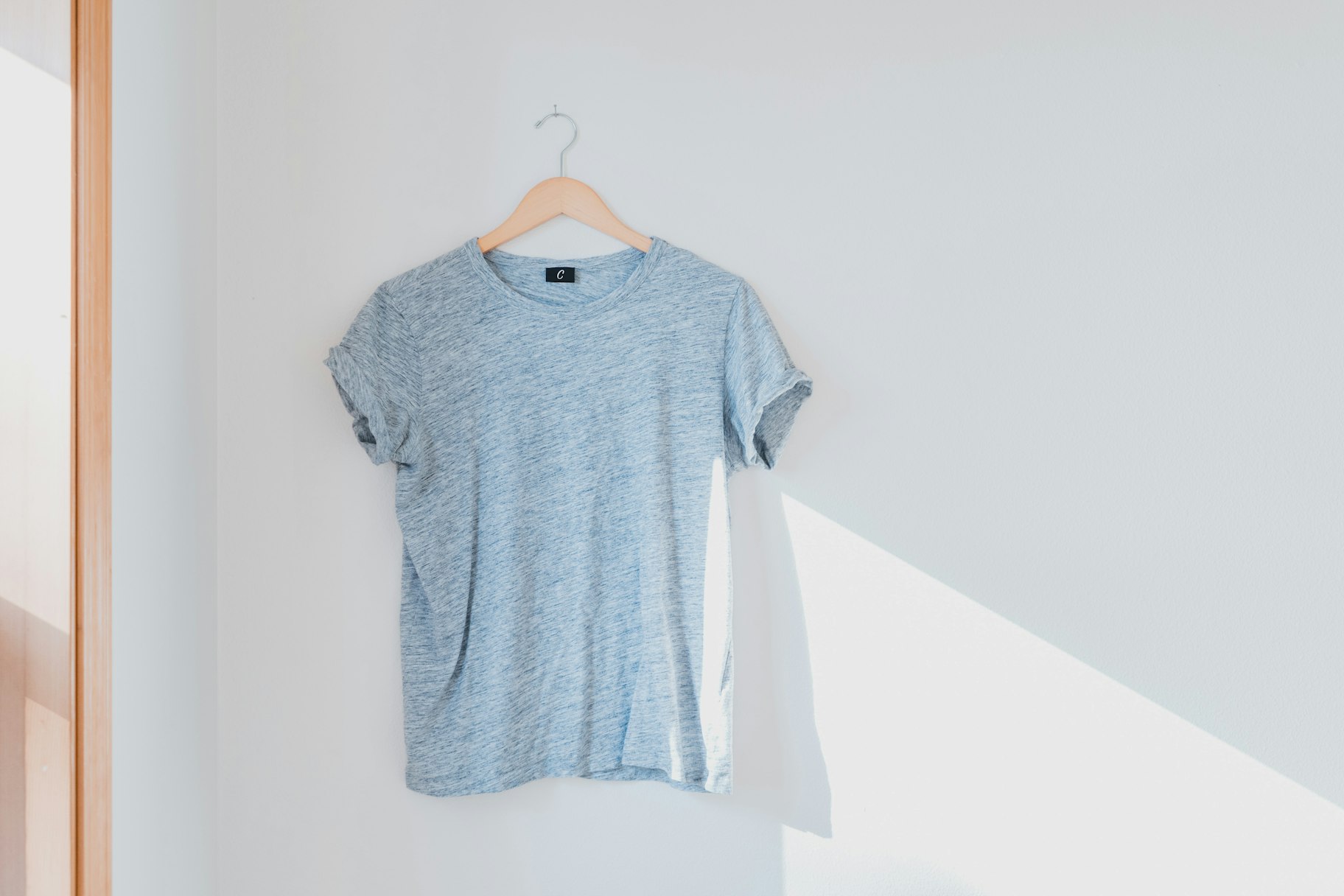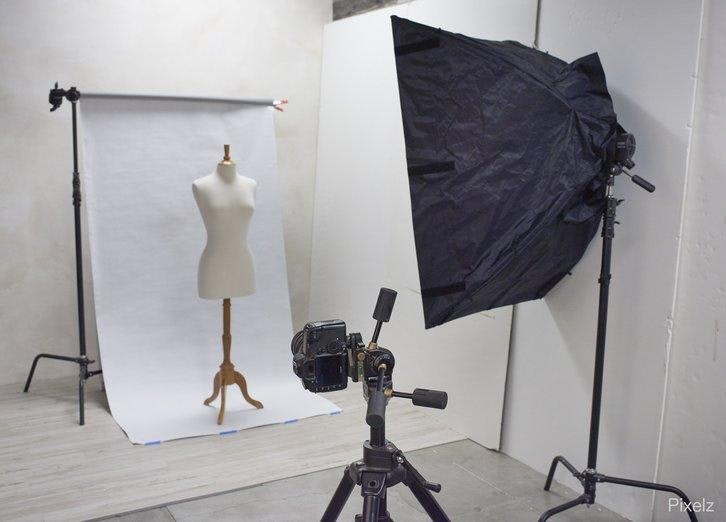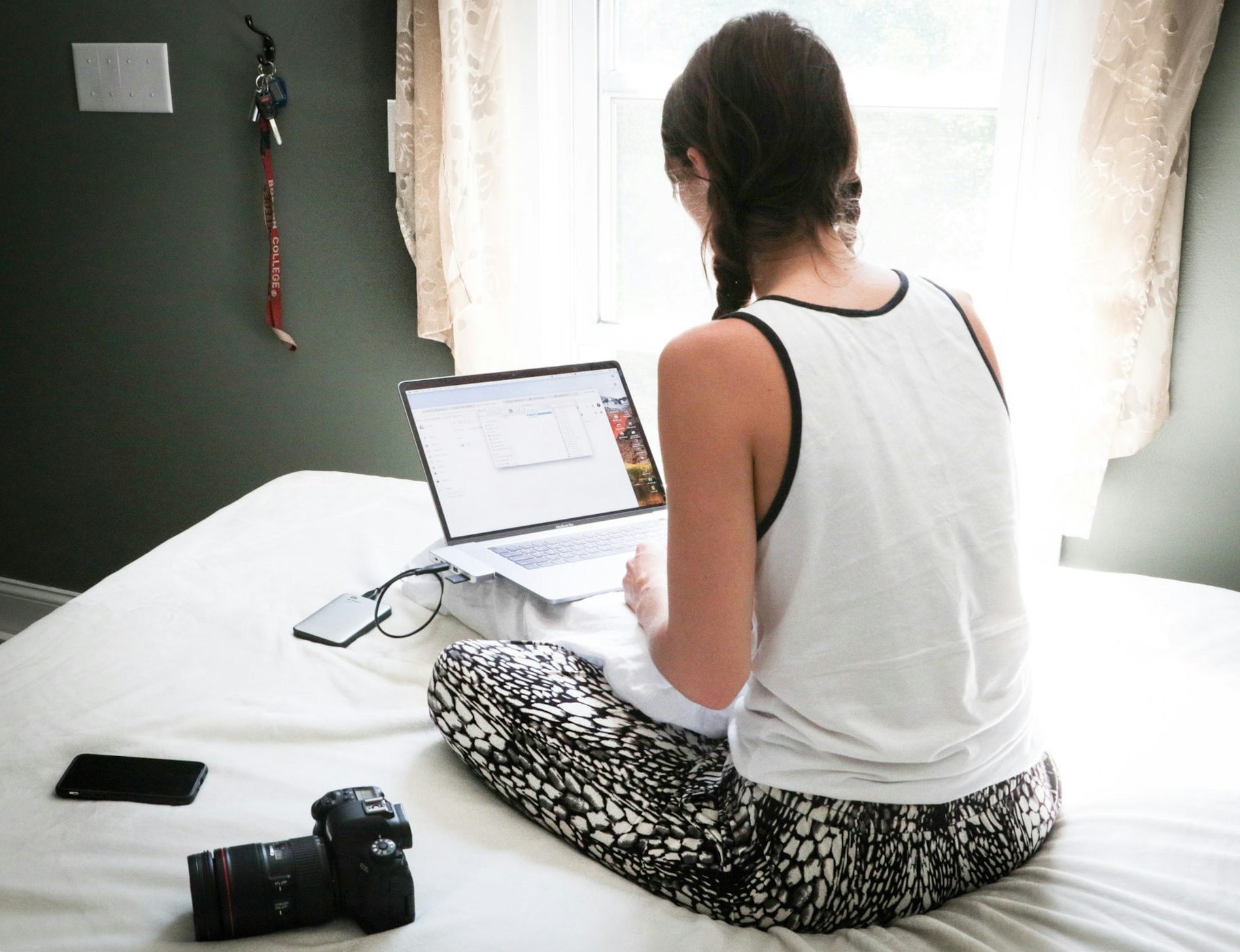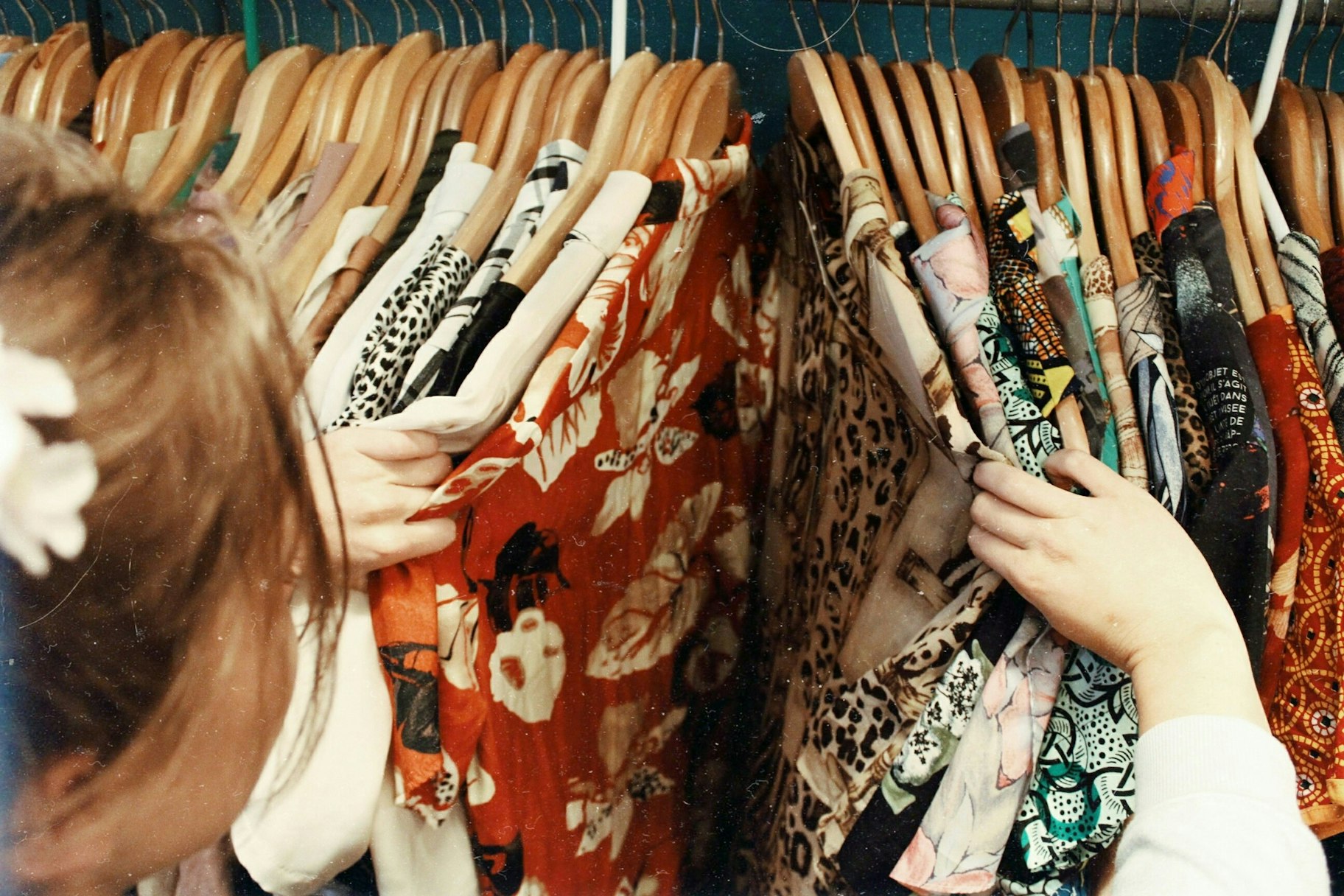Love vintage clothing and the sight of people rocking classic styles? You might just have what it takes to sell vintage clothes online.
Fast fashion might dominate the racks today, but vintage pieces offer something different: quality and character that’s hard to find in modern pieces.
Plus, there’s a growing market of consumers seeking sustainable, unique fashion choices. Your vintage collection could meet this demand, offering an eco-friendly alternative that radiates individuality and timeless style.
This guide will help you harness your passion for vintage fashion. From sourcing your pieces to connecting with your audience, we’ll walk you through every step of building a successful vintage clothing business.



The vintage clothing market
In the US, the secondhand market is on the rise and is expected to be worth $350 billion by 2027. This surge in demand has boosted the popularity of brands like ThredUp and led to more vintage clothing sellers on Etsy and eBay.
Many new opportunities are cropping up for those looking to enter the market. With the right approach, you can carve out your own space in this growing sector.
→ Click Here to Launch Your Online Business with Shopify
Vintage vs. antique
Before you start selling vintage clothing online, there are a few terms you should know:
- Vintage: Items made between 20 and 100 years ago fall into this category. These are clothes from a few decades to a century old.
- Antique: If it’s more than 100 years old, it’s antique. These pieces are pretty rare. You might see them in museums or special collections.
- Retro (or repro): These are newer items, made in the past 20 years or so. They’re styled like vintage but aren’t actually from the vintage era. They’re more like modern takes on old styles.
How to sell vintage clothes online in eight steps
1. Pick a niche
Vintage clothing is very popular, and that means there’s already a lot of competition out there. Selling a bit of everything won’t cut it. To really stand out, consider selecting a niche for your business.
Here are some ideas:
- Focus on certain eras, like the swinging 1960s or groovy 1970s.
- Specialize in types of wear, such as formal dresses or casual daywear.
- Choose a unique item, like classic leather jackets.
- Get creative with upcycled vintage—where old clothes get a new life.
- Stock new clothes designed with a throwback flair.
- Offer exclusive vintage designer pieces.
- Tap into current trends that hark back to the past, like ’80s pop culture fashion.
2. Source vintage clothes to sell

When you’re looking to stock up for your vintage clothing business, thrift shops are a great place to start. Visit them regularly to catch new arrivals. Before you go, decide what you’re after, like certain styles or time periods. This will help you spot the right items quickly.
There are a few other best practices for vintage thrifting:
- Know your vintage: Learn the signs of vintage items, like union labels, fabric types, and zipper placements.
- Inspect carefully: Thrift store items might have stains or damage. Always check for imperfections before buying.
- Carry supplies: Keep extra bags in your car, and bring cash for quick purchases.
But remember: Thrift shops are just one of the many places you can find vintage clothing sellers. To expand your product sources, consider visiting:
- Online marketplaces and classifieds: Websites like Craigslist or local garage sale listings can be surprising sources.
- Outdoor or flea markets: Going early gives you first pick, but late-day or end-of-season visits might get you the best deals.
- Consignment stores: Build relationships with owners for first dibs on incoming vintage pieces.
- Theater wardrobes: Sometimes theaters sell off old costumes, many of which are vintage.
- Wholesalers: Sign up with wholesalers for bulk vintage items at better prices.
- Collectors: Build contacts in the vintage community. Some collectors might want to sell part of their collection.
- Auctions: Keep tabs on auction announcements in your area. While many happen in person, you can also find plenty online through sites like eBay and MaxSold.
3. Organize your inventory
Organizing vintage inventory is key to avoiding turning your stock into a cluttered mess. Since vintage clothes are usually one of a kind, consider setting up a system to sort, store, and identify each item. This helps streamline shipping and fulfillment.
For storage, choose the right environment to keep your vintage clothes in top shape. Keep them in a cool, dry place, safe from pests. Fabric garment bags are better than plastic to keep clothes dust-free and safe from moisture. And remember, padded hangers only—wire ones can damage your precious finds.
You’ll also want to keep your vintage clothes clean and in good shape. If there’s no care label, do some digging to figure out the best way to clean each piece. Steaming often works better than ironing for many items. And if you’re not a pro at sewing, now’s a good time to learn some basics for minor repairs.
And if you find pieces that are too worn to sell, why not try upcycling? You can turn them into something new and unique, either by yourself or with a little help.
4. Build your vintage clothing brand

Building your vintage brand starts with a clear vision. Think about your brand’s story. What sets your collection apart? Pick a name and logo that capture this essence. Your colors and fonts should match the vintage vibe, too.
Understand who your customers are. Tailor everything—from your website to your social media—to their tastes. Consistency across all your platforms is crucial. It helps people recognize and remember your brand.
When it comes to your collection, less can be more. A few standout pieces that speak to your brand are better than a lot of so-so items. Maybe you focus on a certain era or have a unique take on upcycling. Share the stories behind your pieces—it adds charm.
Photographing vintage clothes
Your customers need to see every detail of your vintage clothes. They can’t touch or try them on, so your photos have to do the talking. Here’s how to capture your items in their best light:
- Create a simple studio: Grab a camera, a tripod, some lights, and a plain backdrop. This setup ensures your photos have a consistent style, no matter when you take them.
- Work with your space: If you’re working in a small area, create a setup that’s quick to set up and pack away. Note your camera settings and light positions for consistent results.
- Shoot in batches: Save time by shooting several items at once. This way, you don’t have to set up for every single piece.
- Use mannequins or model yourself: If professional models aren’t an option, dress forms or self-modeling can be effective. Show off the garment’s full view, close-up details, and any imperfections.
Remember, your photos are the bridge between your vintage treasures and your customers. They should show off the uniqueness and quality of each piece, enticing customers to imagine how they’d look and feel in them.
5. Create your online store
Setting up your vintage clothing store is easier than you might think. Starting with a platform like Shopify lets you test and explore without any risk. It’s a nudge to get your inventory ready and your business rolling.
Make your website welcoming
Even if you’re not selling yet, have your website look neat and ready. You don’t want to miss out on potential customers if a social media post sends a wave of visitors your way. Consider putting up a Coming Soon page to build anticipation and excitement. This is also a great spot to tease some of your unique vintage finds.
Design your store
Shopify makes it easy to spruce up your store. Pick a theme that fits your vintage vibe, then customize it with your brand colors and fonts. As your store grows, you might want more unique features. That’s when you could think about getting some expert help.
Tell your story and help your customer
Your About page is where you share your journey, what inspires you, and the eras you love. It’s also a good spot for your mission statement and sustainability practices.
On your FAQ page, be upfront that your items are vintage and unique. It’s a great place to explain sizing, care instructions, and your approach to grading item conditions.
Product pages—the heart of your store
Your product pages need to be detailed. Include the backstory, size, and condition of each item, along with plenty of photos. Organize your items into collections based on style, era, or color. This makes it easier for customers to find what they’re looking for and helps with search engine rankings.
Things to keep in mind when creating product pages:
- Research and guesswork can fill in the blanks if a label is missing.
- Be clear and consistent with your sizing information. Vintage sizes can be tricky, so detailed measurements are a must.
- Storytelling brings items to life. If there’s a history or an interesting tidbit about a piece, share it!
6. Price items for sale

Pricing vintage clothes is a bit different from regular ecommerce. Sure, consider your costs and expenses, but forget the usual formulas. Vintage value plays a huge role.
Think about each piece individually. You might want to stay within a certain price range for your target customers. Consistency is key so customers know what to expect.
When setting prices, look at rarity, age, condition, how trendy it is, and the brand. A good starting point is to check similar items on sites like eBay or Etsy. If there are lots out there, you might need to lower your price. But if yours is in better shape or rarer, you can price it higher.
For really old or unique items, sometimes it’s worth getting an appraisal or asking other vintage sellers for advice.
Here are some extra tips:
- Check demand: Use Google Trends to see how popular your item is. Even if it’s rare, low demand can mean a lower price.
- Consider restoration costs: If you’ve spent money getting an item back into great shape, factor that into your price.
- Season and trends matter: Pricing can depend on the season or current fashion trends. A summer dress might fetch more in spring than in winter.
7. Create a shipping and returns strategy
Shipping and returns define how customers perceive your brand after a sale. Here are some tips to make them smooth and appealing to your customers:
- Consider your shipping options: Offering free shipping can attract more customers, but it also can eat into your profits. A good balance is offering free shipping over a certain order amount. For smaller orders, have a flat rate. This encourages larger purchases and keeps your costs manageable.
- Develop a flexible returns policy: Create a returns policy that acknowledges the uniqueness of your vintage clothing items. Offering store credit instead of direct refunds can be effective, balancing customer satisfaction with your business needs.
- Go green with packaging: Since you’re selling sustainable vintage clothes, match that with eco-friendly packaging. Use recycled materials for shipping. It’s a small step that speaks volumes about your commitment to the environment.
8. Launch and market your business

You might have the best products in the world, but if people don’t know about them, they can’t buy them. Here’s how to get your vintage store noticed.
Use social media
Instagram and TikTok are perfect for showcasing your unique vintage finds. Regular posts and interactions with your followers can create a buzz around your brand. Also, encourage customers to share their experiences so new potential buyers see the value and appeal of your items.
Keep customers informed
Send out newsletters about your latest collection. This keeps your audience updated and can bring them back for more, especially if you include special offers or previews.
Optimize your online presence
Understanding SEO is crucial. It helps people find your store online. Pair this with engaging content, like quirky TikTok videos or informative blog posts, to draw more visitors to your site.
Foster customer loyalty
Happy customers often come back. Offer loyalty rewards or discounts for repeat purchases. Adding personal touches to your packages can turn a simple purchase into a memorable experience.
It’s all about getting the word out and creating a community around your vintage collection. Engage with your audience, share your passion, and watch your business grow.
Building a future with vintage flair
Selling vintage clothes online can be profitable, but achieving success requires laying the right foundation.
Use this guide as a starting point for your venture. With its insights, you’ll learn to identify trends, understand your audience, and effectively market your unique vintage finds.
With these tools and your passion for vintage fashion, you’re well on your way to creating a successful online store that resonates with enthusiasts and collectors alike.






